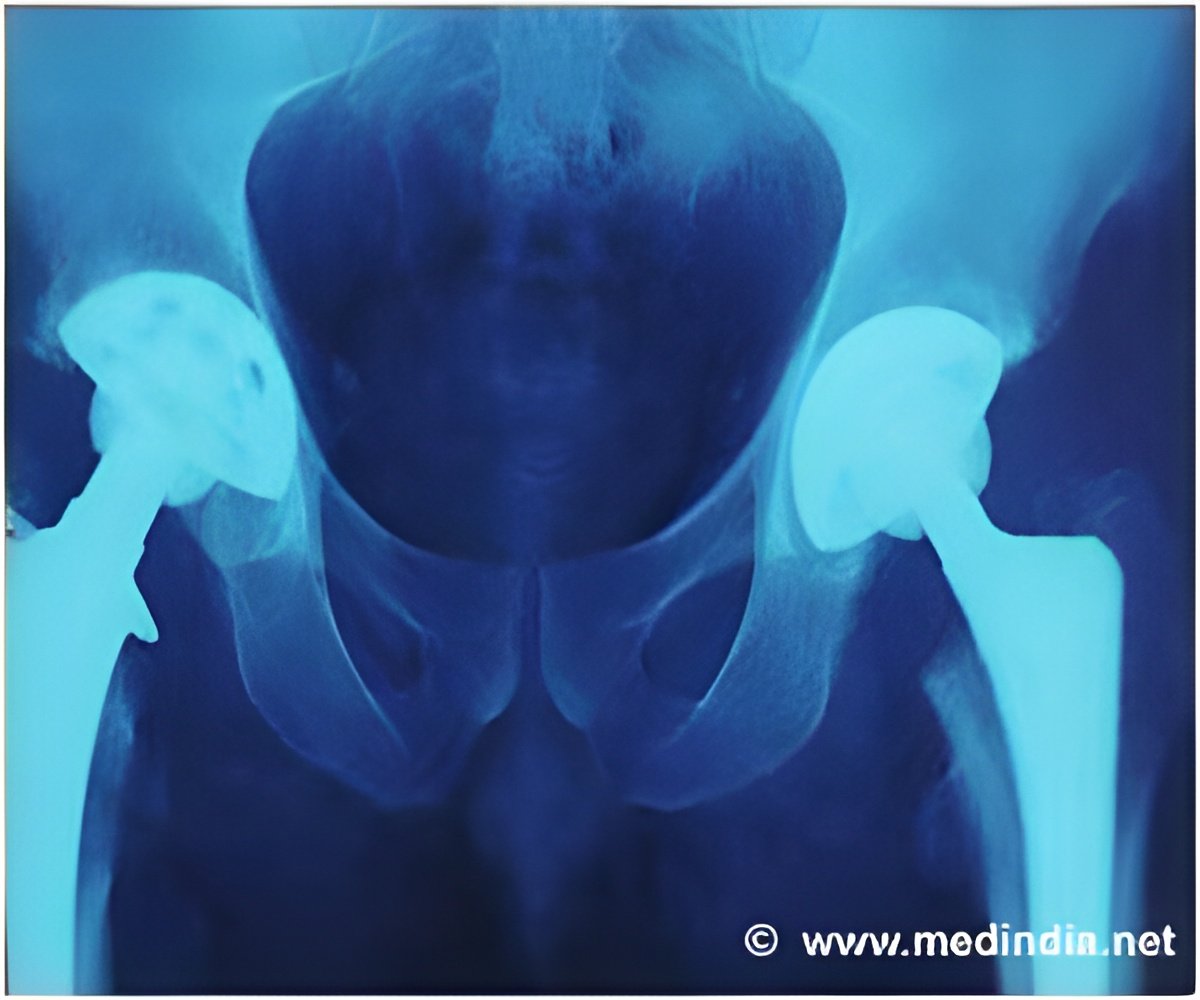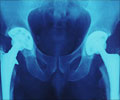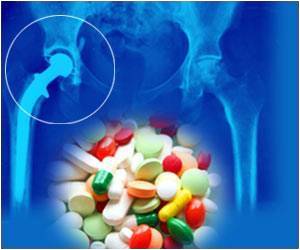The femoral ball in the hip joint is not removed in hip resurfacing; instead it is trimmed and capped with a smooth metal covering. Young and active patients with arthritis often choose hip resurfacing over total hip replacement to minimize the risk of hip dislocation, and to preserve the bone for a revision surgery should the primary resurfacing fail. However, the long-term effects of sports on a resurfaced hip were unknown.
In new research presented today at the 2012 Annual Meeting of the American Academy of Orthopaedic Surgeons (AAOS), investigators surveyed 445 patients between one and five years after hip resurfacing. The type of activity, frequency and duration of the sessions, and intensity of participation were documented. Over the next 10 years, each patient's hip status was monitored. The mean age of the patients was 48.7 years, and 74 percent were male. There was a correlation between higher activity scores and risk for surgical revision. Other independent risk factors for revision included small component size, low body mass index, and 1st generation surgical technique. Patients with an Impact Score (IS) lower than 50 had a revision risk rate 3.8 times lower than the patients with an IS of 50 or greater. Survivorship for patients with a lower IS score at eight years was 96.4 percent versus 88.8 percent.
Large amounts of high impact sporting activities – such as daily running or tennis– can be detrimental to the long-term success of hip resurfacing arthroplasty. Surgeons should advise patients to limit their physical activity to levels that the device can sustain.
Source-Eurekalert










